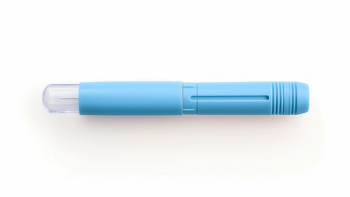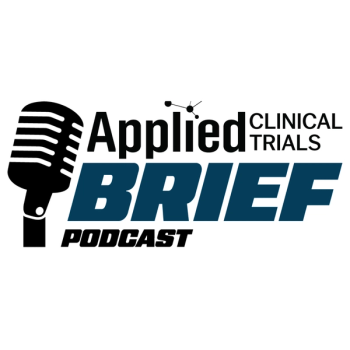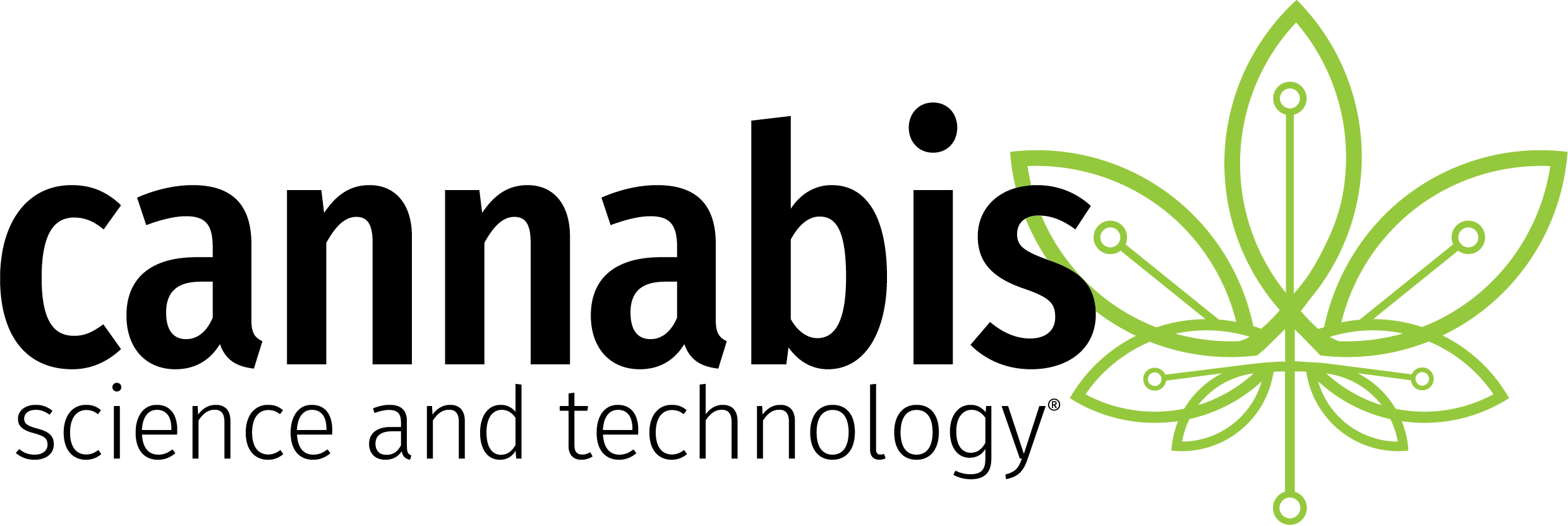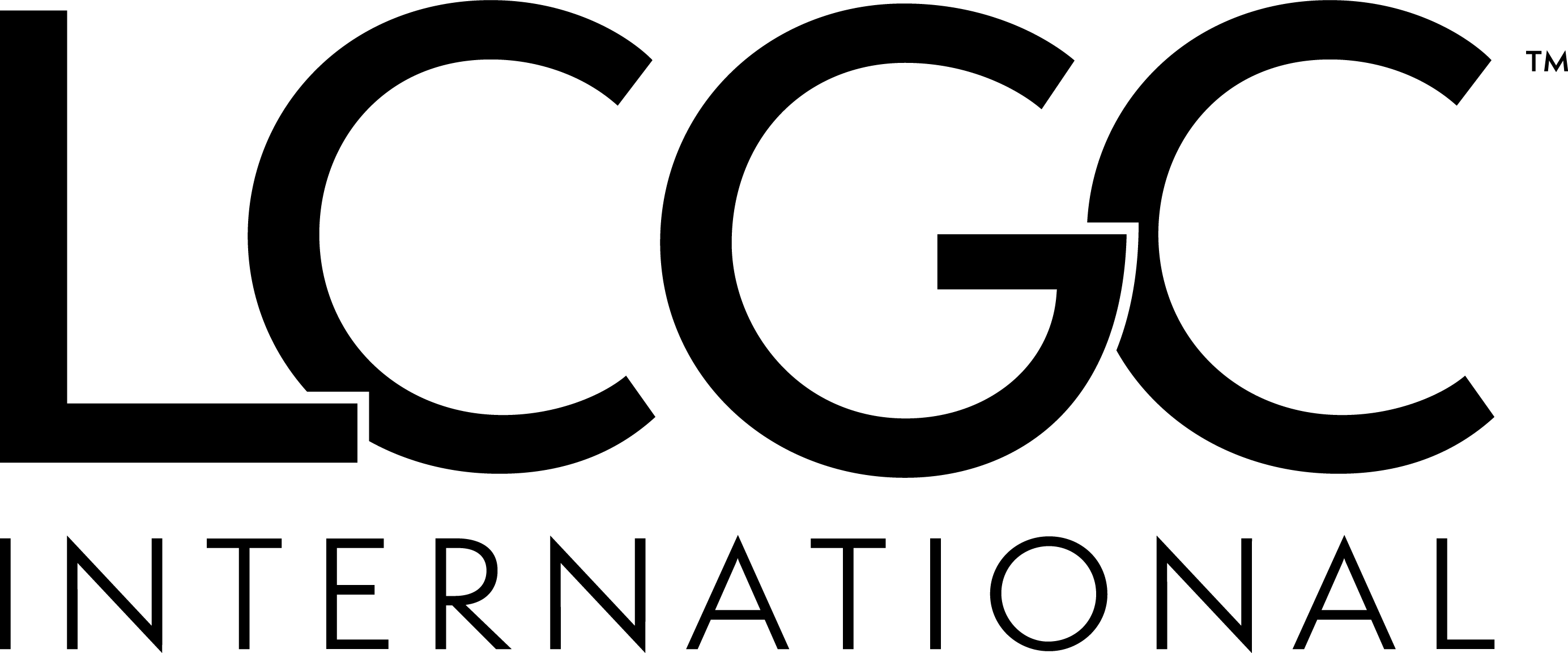
Novel Anti-CD38 Targeted Therapy Shows Promise Treating Immune Thrombocytopenia in Phase II Trial
In a Phase I-II trial, CM313 was found to inhibit antibody-dependent cell-mediated cytotoxicity on platelets while achieving long-term efficacy in patients with immune thrombocytopenia.
Findings from the Phase I-II 2022-CM313-ITP trial (NCT05694767) show that an investigational anti-CD38 targeted therapy was able to quickly increase platelet levels and maintain long-term efficacy with a tolerable safety profile in patients with immune thrombocytopenia (ITP). The novel treatment, CM313, was found to inhibit antibody-dependent cell-mediated cytotoxicity on platelets while achieving long-term efficacy via the clearance of plasma cells, according to the authors of the study, published by The New England Journal of Medicine.1,2
“CM313 is a novel, investigational, humanized monoclonal anti-CD38 antibody with a unique complementarity-determining region sequence distinct from that of daratumumab,” the study authors wrote. “Preclinical studies have indicated that CM313 induces potent killing of tumor cells through Fc-receptor–dependent mechanisms and has a favorable side-effect profile, with no observed drug-related clinical signs or off-target effects. Considering that autoreactive long-lived plasma cells may contribute to treatment failure in certain patients with ITP, we propose that eliminating short-lived plasma cells and long-lived plasma cells with the use of CM313 could become a new strategy for treating ITP.”1
Patients with ITP, an organ-specific autoimmune disease, experience a reduced platelet count and impaired platelet production, as well as skin and mucosal bleeding. Conventional therapies for the disease in adults typically involve first-line glucocorticoid and immunoglobulin treatment, second line thrombopoietin and thrombopoietin-receptor agonist therapy, splenectomy, and immunosuppressive treatments, such as rituximab, vincristine, and azathioprine.
The investigator-initiated, open-label trial analyzed the efficacy, safety, and immunogenicity of CM313 in patients with ITP. The trial was comprised of a four-week screening period, an eight-week treatment period, and a 16-week follow-up period. Patients received CM313 via intravenous injection once per week at a dose of 16 mg per kilogram of body weight. Patients were permitted to receive concomitant treatment with a thrombopoietin-receptor agonists or glucocorticoids.
A total of 22 patients, 73% of whom were women, were enrolled in the trial between January 22, 2023, and December 25, 2023, with a median age of 36 years (interquartile range, 25 to 41). Median duration of ITP was 27.0 months (interquartile range, 13.0 to 110.0), with a median baseline platelet count of 12.0×109 per liter (interquartile range, 6.0 to 23.0).
Forty-five percent of patients had a baseline platelet count fewer than 10×109 per liter. Patients were previously administered a median of four different ITP treatments, ranging from three to seven. All patients were previously administered glucocorticoids, intravenous immune globulin, and thrombopoietin-receptor agonists, whereas eight of 22 patients received treatment with rituximab and four of 22 underwent a splenectomy.
Results of the trial show that 21 of the 22 patients experienced two consecutive platelet counts of at least 50×109 per liter across the duration of treatment, with a median cumulative response duration of 23 weeks (interquartile range, 17 to 24). Median time to first platelet count of at least 50×109 per liter was one week, ranging from one to three weeks.
“This response was rapid, was observed in all but one patient within the first week after the start of treatment, and was sustained for a median cumulative response duration of 23 weeks,” the study authors wrote. “By the end of the follow-up period, more than half the patients had maintained a partial or complete response.”1
In terms of safety, the most common adverse events were infusion-related reaction and upper respiratory tract infection, both of which were reported in 32% of patients. All infusion-related reactions were grade 2 in severity and resolved as patients continued receiving treatment with CM313.
Researchers are currently conducting a randomized, placebo-controlled trial to analyze CM313 in a larger cohort of patients with ITP.
“This study showed that CM313 had mainly low-grade toxic effects that were most commonly associated with the first infusion and that CM313 had rapid-onset efficacy in curtailing immune-mediated platelet destruction in patients with ITP,” the study authors concluded. “We speculate that this swift effect may be associated with the inhibitory effects of CM313 on antibody-dependent cellular cytotoxicity.”1
References
1. Chen Y, et al. A Novel Anti-CD38 Monoclonal Antibody for Treating Immune Thrombocytopenia. N Engl J Med 2024;390:2178-2190. DOI: 10.1056/NEJMoa2400409. Vol. 390 No. 23.
2. A Prospective, One-arm and Open Clinical Study of CM313 in the Treatment of Immune Thrombocytopenia (2022-CM313-ITP). ClinicalTrials.gov. August, 2023. Accessed July 15, 2024.
Newsletter
Stay current in clinical research with Applied Clinical Trials, providing expert insights, regulatory updates, and practical strategies for successful clinical trial design and execution.






.png)



.png)



.png)
.png)
